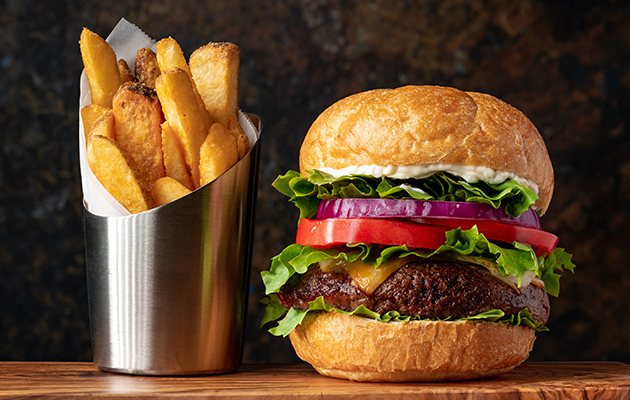A restaurant’s hygiene practices can ruin its reputation and endanger customer health if they don’t care for it well. The restaurant may lose customers’ business and have negative reviews. Customers expect high standards of cleanliness when dining out.
Moreover, unsanitary conditions may lead to foodborne illnesses or infections among patrons, leading to serious health risks. Therefore, implementing best hygiene practices for restaurants is essential for ensuring a safe dining experience for customers while safeguarding their reputation.
In our article, we will discuss some of these practices. Keep reading if you wish to implement hygiene in your restaurant more than ever.
Best Hygiene Practices For Restaurants
Hygiene is one of the top priorities when it comes to restaurants. Here are 4 of the best practices you should implement to ensure a hygienic restaurant.
Food Handling
Proper food handling is crucial to prevent foodborne illnesses. First, washing hands thoroughly before touching any food is essential. This helps eliminate bacteria that may be present on the hands and can transfer onto the food. Additionally, wearing gloves adds an extra layer of protection against cross-contamination.
Cross-contamination occurs when harmful microorganisms from raw or contaminated foods are transferred to ready-to-eat foods. To avoid this, separate cutting boards and utensils should be used for different ingredients – one for meat, another for fruits, vegetables, etc.
Cooking temperatures also kill bacteria in food, ensuring safe internal temperatures are reached to kill pathogens. You have to make sure your food is cooked thoroughly to avoid bacteria like salmonella and E. coli, which can be dangerous.
Cleaning and Sanitizing
Keeping a secure and healthy kitchen environment requires regular cleaning and sanitizing of kitchen surfaces and utensils. If you don’t clean food preparation areas regularly, bacteria, viruses, mold, and other harmful microbes can quickly get into food preparation areas. That contamination could lead to foodborne illnesses.
Cleaning involves removing dirt, grease, and visible debris from surfaces using water detergent or soap and then rinsing them thoroughly. Sanitizing goes one step further by reducing germs on these surfaces through thorough disinfection using bleach or alcohol-based solutions.
The cleanliness of a dining area plays a significant role in creating a positive customer experience, ensuring their safety, and putting off customers. A dirty dining area can breed bacteria, which can cause gastrointestinal problems.
Similarly, restrooms require regular cleaning due to the daily high foot traffic. Dirty washrooms don’t just look unsightly; they are also places where pathogens thrive- posing health risks for users.
Staff Training
Maintaining a clean and safe workplace requires staff training on hygiene practices. The management can enforce standards by emphasizing the importance of hygiene. Handwashing, sanitization, and food handling should be covered in training sessions.
In addition, regular reminders through posters or emails can help reinforce these practices in daily routines. Managers should also lead by example and consistently communicate expectations regarding cleanliness to all staff members.
Pest Control
Keeping a restaurant clean requires routine pest control measures. Pests can contaminate food and surfaces with droppings, saliva, or hair, spreading disease. They can also damage property.
Food, water, and shelter are easily accessible in restaurants. Hence, proper waste management is essential to preventing pests from thriving.
During routine legislative inspections, proactive pest control can reduce the likelihood of closure orders enforced on violators.
Conclusion
A restaurant’s success depends on keeping high hygiene standards. Keep your hands clean, handle food correctly, and sanitize surfaces and restrooms. Restaurants can earn customers’ trust if they follow these practices consistently.


